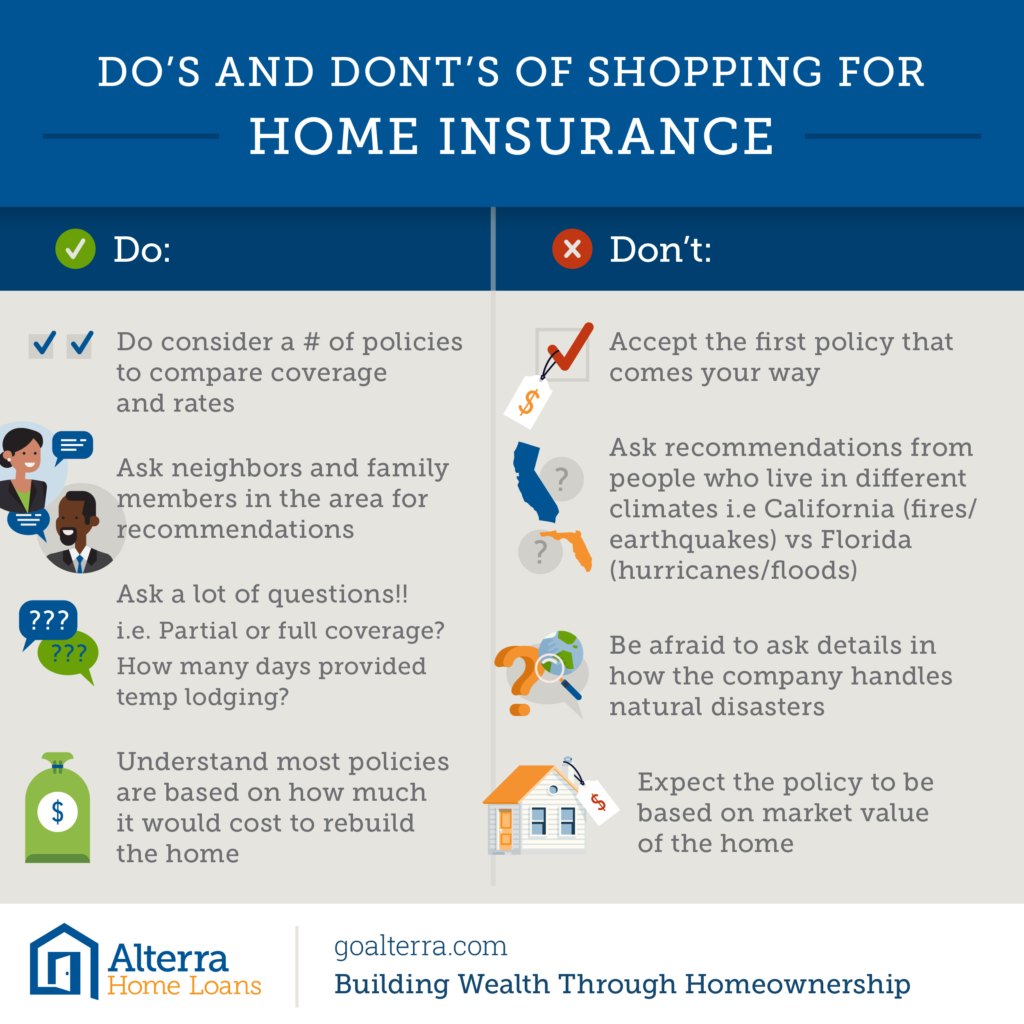 Now that such a large investment is drawing to a close, it only makes sense to insure the property for both parties: the lender and buyer. Homeowners insurance protects the homeowner and the contents of the home in case of accidents, theft and other disasters. These unforeseen circumstances can cause serious stress to homeowners and force a default on the loan, without this assistance. Knowing that insurance is needed is one thing, but how much insurance is needed and who to choose to have the policy through can be a headache for some buyers. Feel more at ease by using these guidelines to find the ideal policy for this upcoming purchase.
Now that such a large investment is drawing to a close, it only makes sense to insure the property for both parties: the lender and buyer. Homeowners insurance protects the homeowner and the contents of the home in case of accidents, theft and other disasters. These unforeseen circumstances can cause serious stress to homeowners and force a default on the loan, without this assistance. Knowing that insurance is needed is one thing, but how much insurance is needed and who to choose to have the policy through can be a headache for some buyers. Feel more at ease by using these guidelines to find the ideal policy for this upcoming purchase.
A home is typically the largest purchase of your life, protect yourself and your family with the proper insurance.
Shop Around
Never go with the first policy submitted for review. Shop around and receive numerous policies to compare coverage and rates. Get quotes from a variety of servicers ranging from local to national companies. Ask neighbors and family members who they would suggest for that specific area. One provider may be excellent in one area, while not as strong in others. This is critical when buying in high-risk flood areas.
When speaking with these providers, be sure to ask qualifying questions of each provider to determine if they are the correct provider.
- What percentage of possessions does the policy cover for partial and total loss of home?
- During a disaster, does the company pay out any funds prior to an inspection of the home?
- Does the policy cover living costs when unable to stay in the home?
- Does the policy cover full replacement, or a percentage of the contents in the home?
- What provisions does the policy incur for floods?
- Does the policy replace the contents of the refrigerator?
- How many days can the family stay in temporary lodging covered?
How Much Coverage Do I Need?
Policies are based upon how much it would be to rebuild the house, not the market value. This comes as a shock to some buyers, but the lot value and comparable market value is not taken into consideration. This policy only takes into consideration what it would take to rebuild a home comparable to the existing home.
Deductibles
Typically, the lower the deductible, the higher the rate of coverage per month. Dependent on each specific situation, it may benefit homeowners to carry a higher deductible and save monthly. If the family has savings that they can use for minor issues (ex. Sink floods and ruins cabinets near sink) then it can be a great cost-savings in the long run. Carrying a $2500 coverage versus a $500 coverage can save thousands of dollars of the next 30 years.
Additional Coverage
Although homeowners policies cover many issues that may occur with the home, there are some possessions and disasters that are not always coverage by a broad homeowners policy.
- Jewelry & Possessions: Many policies only cover jewelry or possessions in value up to $2,000-$3,000. In many cases, this does not come close to covering the replacement value of precious items. Add a jewelry & possessions rider to your policy or sign up for a separate policy with your insurance company to ensure that these items can be replace in full.
Flood & Earthquake Insurance: Most homeowners policies do not cover flooding or earthquakes, so this is typically an additional insurance to be purchased. Depending on where the home is located, the mortgage company may require the homeowner to purchase flood insurance. Flood insurance is available through the National Flood Insurance Program.



